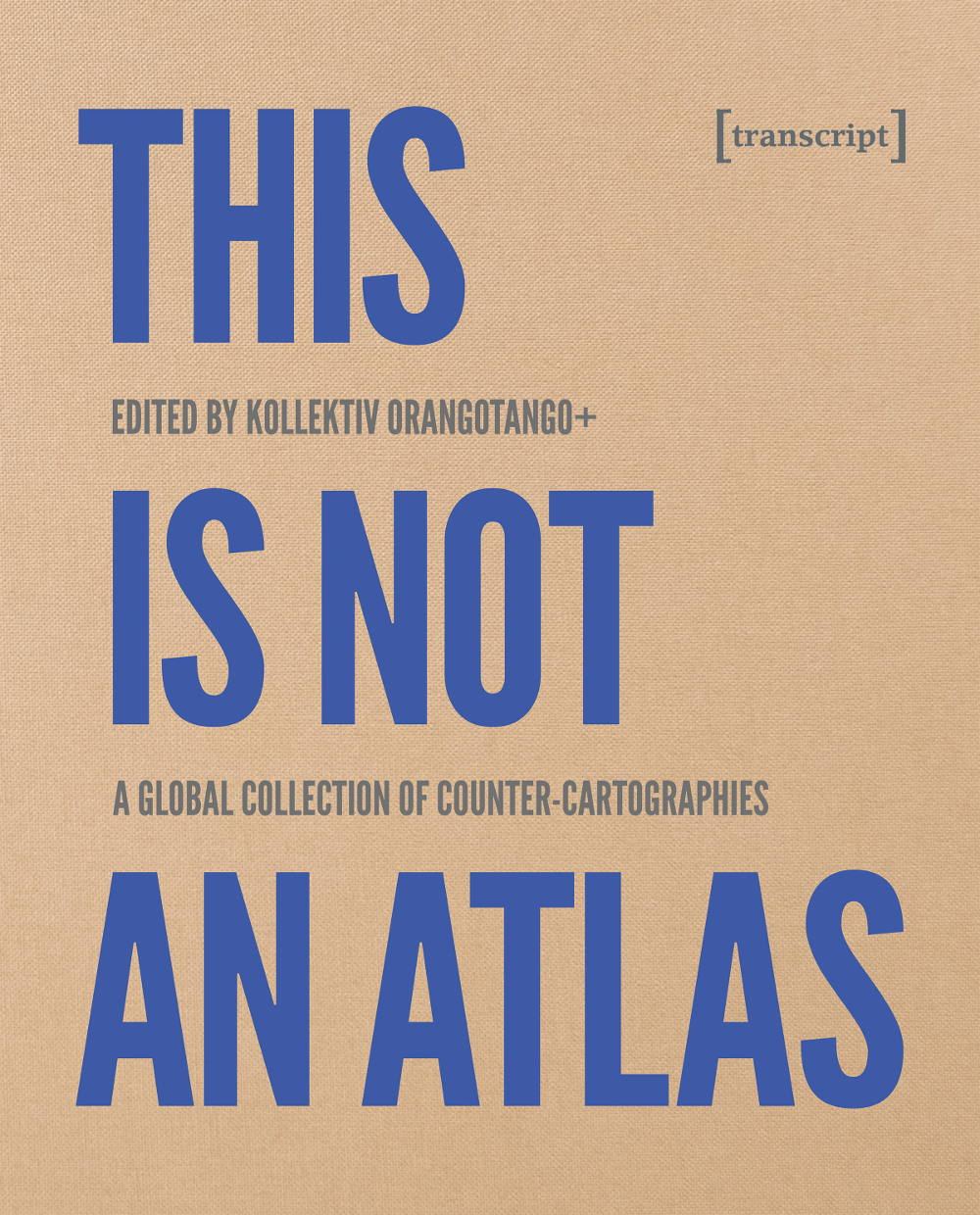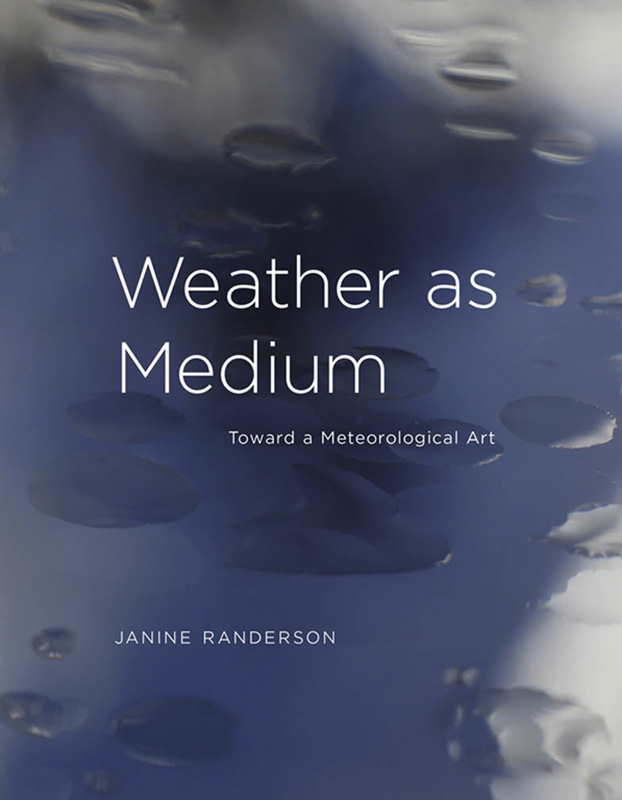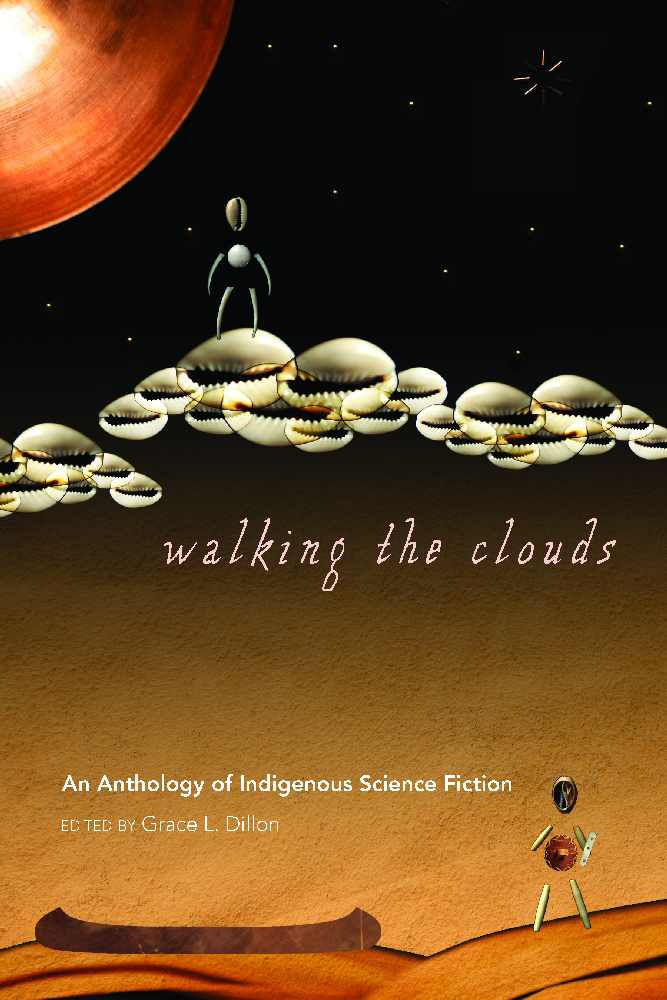kollektiv orangotango+ (ed.): This Is Not an Atlas: A Global Collection of Counter-Cartographies (2018)
Filed under book | Tags: · activism, cartography, geography, indigenous peoples, mapping, participation, politics, social cartography

“This Is Not an Atlas gathers more than 40 counter-cartographies from all over the world. This collection shows how maps are created and transformed as a part of political struggle, for critical research or in art and education: from indigenous territories in the Amazon to the anti-eviction movement in San Francisco; from defending commons in Mexico to mapping refugee camps with balloons in Lebanon; from slums in Nairobi to squats in Berlin; from supporting communities in the Philippines to reporting sexual harassment in Cairo. This Is Not an Atlas seeks to inspire, to document the underrepresented, and to be a useful companion when becoming a counter-cartographer yourself.”
Publisher transcript, Bielefeld, Sep 2018
Social and Cultural Geography series, 26
Creative Commons BY License
ISBN 9783837645194, 3837645193
346 pages
Review: Alison D. Ollivierre (Cartographic Perspectives, 2020).
Project website
Publisher
OAPEN
WorldCat
PDF, PDF (92 MB, updated on 2023-7-31)
Comment (0)Janine Randerson: Weather as Medium: Toward a Meteorological Art (2018)
Filed under book | Tags: · art, art criticism, climate, cosmology, ice, indigenous peoples, maori, media, meteorology, science, sensors, weather, wind

“An exploration of artworks that use weather or atmosphere as the primary medium, creating new coalitions of collective engagement with the climate crisis.
In a time of climate crisis, a growing number of artists use weather or atmosphere as an artistic medium, collaborating with scientists, local communities, and climate activists. Their work mediates scientific modes of knowing and experiential knowledge of weather, probing collective anxieties and raising urgent ecological questions, oscillating between the “big picture systems view” and a ground-based perspective. In this book, Janine Randerson explores a series of meteorological art projects from the 1960s to the present that draw on sources ranging from dynamic, technological, and physical systems to indigenous cosmology.
Randerson finds a precursor to today’s meteorological art in 1960s artworks that were weather-driven and infused with the new sciences of chaos and indeterminacy, and she examines work from this period by artists including Hans Haacke, Fujiko Nakaya, and Aotearoa-New Zealand kinetic sculptor Len Lye. She looks at live experiences of weather in art, in particular Fluxus performance and contemporary art that makes use of meteorological data streams and software. She describes the use of meteorological instruments, including remote satellite sensors, to create affective atmospheres; online projects and participatory performances that create a new form of “social meteorology”; works that respond directly to climate change, many from the Global South; artist-activists who engage with the earth’s diminishing cryosphere; and a speculative art in the form of quasi-scientific experiments. Art’s current eddies of activity around the weather, Randerson writes, perturb the scientific hold on facts and offer questions of value in their place.”
Publisher MIT Press, 2018
Leonardo series
ISBN 9780262038270, 0262038277
xl+233 pages
Grace L. Dillon (ed.): Walking the Clouds: An Anthology of Indigenous Science Fiction (2012)
Filed under book, fiction | Tags: · indigenous futurisms, indigenous peoples, science fiction

“In this first-ever anthology of Indigenous science fiction Grace Dillon collects some of the finest examples of the craft with contributions by Native American, First Nations, Aboriginal Australian, and New Zealand Maori authors. The collection includes seminal authors such as Gerald Vizenor, historically important contributions often categorized as “magical realism” by authors like Leslie Marmon Silko and Sherman Alexie, and authors more recognizable to science fiction fans like William Sanders and Stephen Graham Jones. Dillon’s engaging introduction situates the pieces in the larger context of science fiction and its conventions.
Organized by sub-genre, the book starts with Native slipstream, stories infused with time travel, alternate realities and alternative history like Vizenor’s “Custer on the Slipstream.” Next up are stories about contact with other beings featuring, among others, an excerpt from Gerry William’s The Black Ship. Dillon includes stories that highlight Indigenous science like a piece from Archie Weller’s Land of the Golden Clouds, asserting that one of the roles of Native science fiction is to disentangle that science from notions of “primitive” knowledge and myth. The fourth section calls out stories of apocalypse like William Sanders’ “When This World Is All on Fire” and a piece from Zainab Amadahy’s The Moons of Palmares. The anthology closes with examples of biskaabiiyang, or “returning to ourselves,” bringing together stories like Eden Robinson’s “Terminal Avenue” and a piece from Robert Sullivan’s Star Waka.
An essential book for readers and students of both Native literature and science fiction, Walking the Clouds is an invaluable collection. It brings together not only great examples of Native science fiction from an internationally-known cast of authors, but Dillon’s insightful scholarship sheds new light on the traditions of imagining an Indigenous future.”
Publisher University of Arizona Press, Tucson, 2012
Sun Tracks series, 69
ISBN 9780816529827, 0816529825
vii+260 pages
via Gioni
Reviews: Lindsey Catherine Cornum (Full Stop, 2012), Ileana Cerda (Southwestern American Literature, 2013), Amy Gore (Studies in American Indian Literatures, 2013).
PDF (21 MB, updated on 2021-6-25)
Comments (5)
